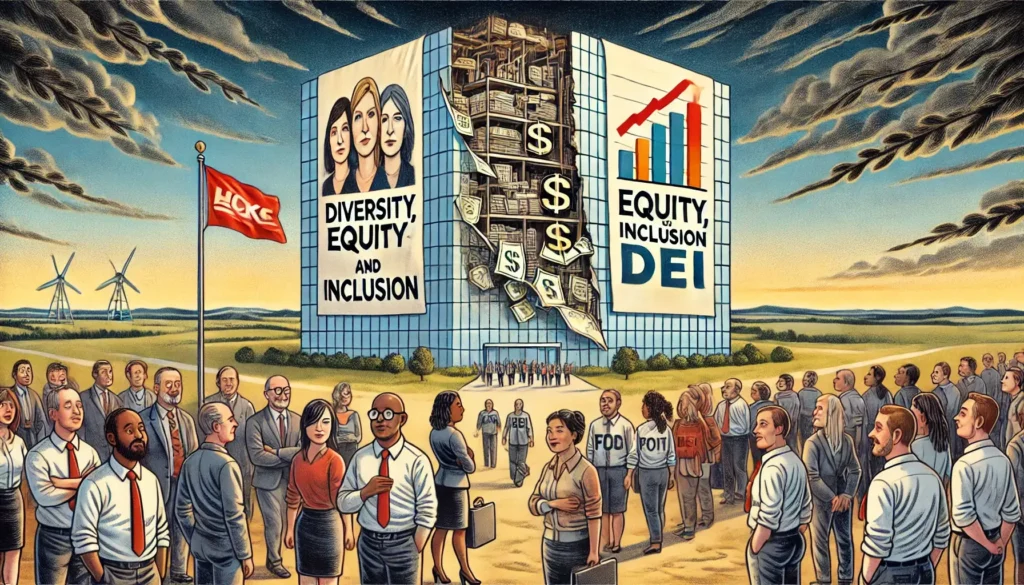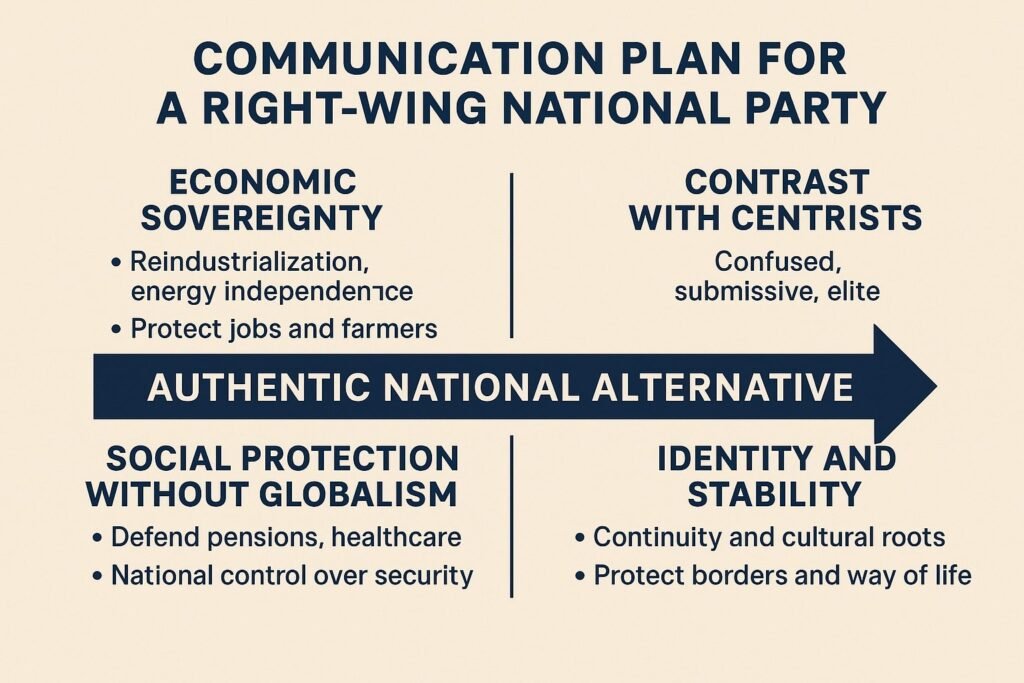DEI Explained – Inclusion for Sale
“Diversity, Equity, Inclusion.” Few words are repeated as often in today’s corporate world. DEI is sold as the recipe for fairness and harmony at work. But scratch the glossy posters, and a cynical picture appears: DEI is less about justice, more about branding — a profitable industry in its own right.
Table of contents
What Is DEI Really?
On paper, DEI looks noble:
- Diversity means different faces at the table. In practice, it often means quotas and token hires.
- Equity promises fairness, but too often it’s a cover for skewed rules that favour appearances over substance.
- Inclusion should welcome all voices — yet dissent is often silenced in the name of harmony.
Together, DEI is packaged as corporate virtue. In reality, it’s a checklist, not a revolution.
Buzzwords of DEI
Like every industry, DEI runs on jargon:
- “Belonging” – the new add-on, because “inclusion” wasn’t sticky enough.
- “Unconscious bias” – a diagnosis that no one can disprove, perfect for endless training.
- “Inclusive leadership” – a rebrand for managers who attend the workshops.
- “Safe workplace” – code for silencing dissent in the name of harmony.
- “Representation matters” – slogans in ads, rarely in boardrooms.
The words sound noble — but they mostly justify more training sessions, more posters, and more invoices.
Follow the Money
Where there’s a buzzword, there’s a business model:
- Corporate budgets: billions poured into consultants and trainers who teach jargon for hefty fees.
- Government subsidies: tax breaks and grants that mostly benefit big firms already cash-rich.
- NGOs and nonprofits: many spend more on admin and PR than on real change.
- Tax incentives: “inclusive” branding doubles as financial engineering.
Behind the moral façade is a well-oiled profit machine.
The Illusion of Progress
DEI campaigns promise transformation, but too often deliver optics:
- Performative actions: glossy statements, little change in leadership or pay gaps.
- Tokenism: a few high-visibility hires, while structures stay the same.
- Silencing dissent: employees afraid to question DEI dogma for fear of being labelled bigots.
Progress is announced, but inequality barely shifts.
The Human Cost
Ironically, DEI often burdens the very people it claims to help:
- Marginalised employees are expected to educate others and serve as “faces” of diversity.
- Workers grow cynical when they see hollow gestures instead of real change.
- Inclusion becomes exclusion when sceptical voices are punished or ignored.
What was meant to unify often divides.
The Backlash
As DEI expands, scepticism grows:
- Employees resent box-ticking exercises while wages stagnate.
- Customers tire of hollow virtue campaigns.
- Investors start asking if the money is worth the show.
The cracks are showing.
From Inclusion to Industry
DEI promised fairness. What it delivered was an industry — consultants billing billions, corporations polishing reputations, and workers drowning in slogans while nothing fundamental changes.
It isn’t justice. It’s corporate camouflage: a rainbow filter over business as usual.
👉 For the full picture of how Diversity, Equity, and Inclusion really work, visit our DEI Explainer Hub.
👉 For the bigger picture of how corporations gained their power, visit The Power of Business & Corporations Explainer Hub.
FAQ Section
What does DEI mean?
It stands for Diversity, Equity, and Inclusion. In theory, it’s about fairness. In practice, it often works as a corporate checklist.
Why do companies adopt DEI?
To signal virtue, win subsidies, and polish their brand. It’s cheaper than raising wages or changing structures.
Does DEI create real change?
Often no. It can mean token hires, endless training, and silenced dissent rather than genuine equality.
Who benefits from DEI?
Consultants, corporations, and bureaucracies. Workers and small businesses rarely see the promised progress.



